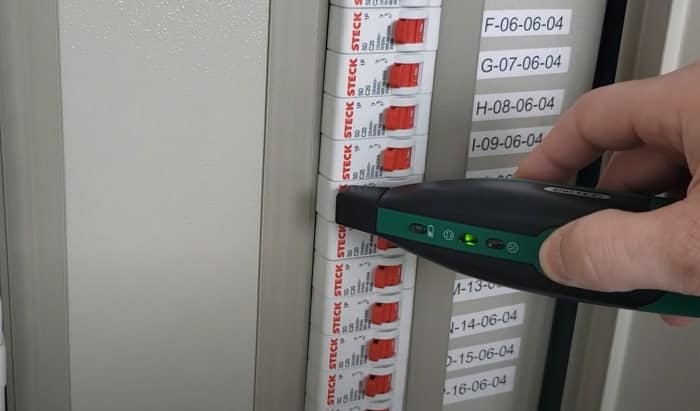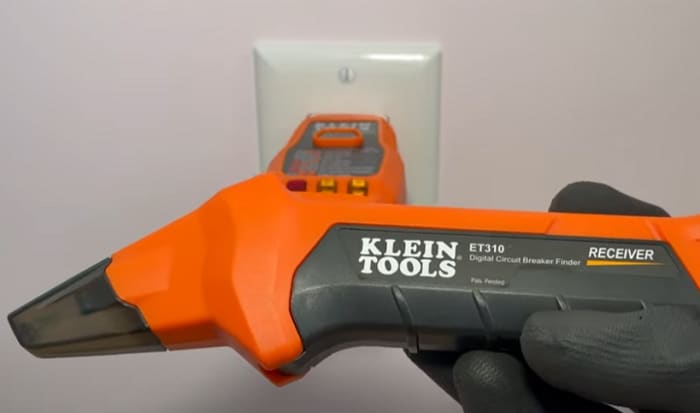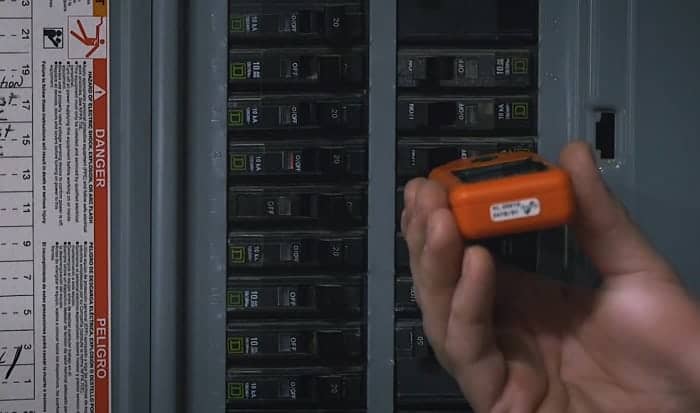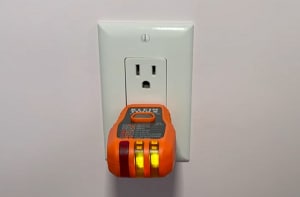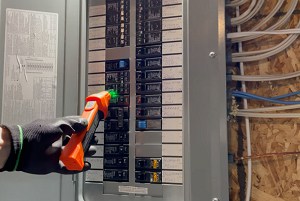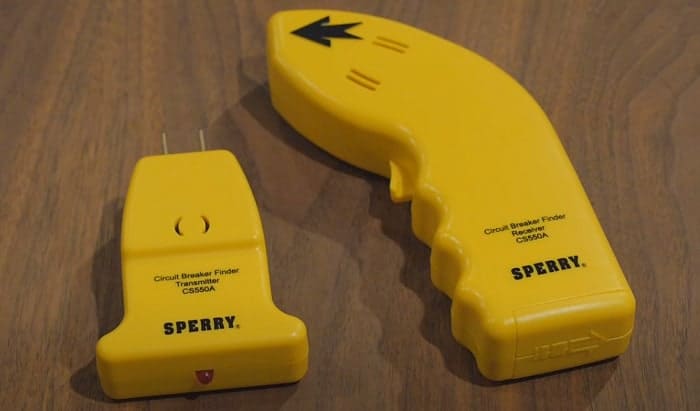Do you have a problem finding the correct circuit breaker for your outlets or lights? Are you tired of running around your house, switching off breakers randomly, just to find the right one? Do you want to know how to use a circuit breaker finder?
If you have a large circuit breaker panel, you might have difficulty identifying the correct circuit breaker of the outlets or light receptacles you want to work on. That’s why I created this guide to help you solve your problem using a circuit breaker finder.
Table of Contents
The Tools You Need
If you want to locate the breaker of your outlets quickly, you must have these tools:
- A circuit breaker finder or tester set
- A Light socket adapter if you need to check a light receptacle
- Alligator clipsif you need to check an unterminated branch of circuit wiring
I highly suggest using an automatic circuit breaker tester, especially if you are new to this. It has a built-in signal processing unit that will adjust its sensitivity based on the signals it receives during the calibration phase.
Use a Circuit Breaker Finder to Find the Exact Circuit Breaker You’re Looking for
Here is the step-by-step process that you can follow to use your circuit breaker finder.
Step 1: Plug Your Transmitter into the Outlet
Plug your transmitter into the outlet that you want to check. You can also use a light socket adapter to check bulb receptacles or alligator clips for testing free-hanging wires.
Step 2: Reset Your Transmitter
Some automatic or digital circuit breaker finders have a reset button in the transmitter. You can reset it by long-pressing it. Wait for a light or sound signal, which will indicate your transmitter is already reset. Remember, most, if not all, transmitters have no self-power –it just draws power from the outlet.
Step 3: Reset Your Receiver
Same as the transmitter, you need to reset your receiver before using it. You can do that by turning it on and off; it will also give you a signal or warning that it is ready to use. The receiver usually uses a 9-volt battery, which provides it with the power to detect the transmitter signal.
Remember: Always turn off your receiver after use to extend its battery life and use it for your future needs.
Step 4: Scan Your Breaker Panel
Point your receiver to the circuit breakers one by one to scan and find the breaker that your transmitter is connected to. When the receiver makes a continuous sound or fast blinking signal, that means you found the circuit breaker. As per the instruction of most circuit breaker finders, you need to scan your panel twice to ensure that you found the correct one.
Which Should You Use? Digital or Analog
Automatic or digital circuit breaker finder
An automatic or digital circuit breaker finder is the updated and most advanced version of a breaker finder; many also come with GFCI features. You can watch this video by High Ridge Handyman, where he will demonstrate how to find your circuit breaker using the Klein Tools ET310. He will also show you how to calibrate this tool.
Analog circuit breaker finder
An analog circuit breaker finder is the older version of the breaker finder. Although it might be dated, it is still as reliable as the digital one. It also has warning sounds or blinking light indicators, so you know that you found the right circuit breaker. You can also watch this video by Ron Kipper from Ideal industries to see how an Analog Circuit Breaker Finder works.
This device is one of the essential tools of a professional electrician. This tool will speed up the process of labeling a circuit breaker when working on a wiring project. It also adds safety by reducing your guesswork and ensuring that you switch off the correct circuit when working on a room’s electrical system.
Finally, I highly recommend checking the most favorite circuit breaker finder review that I wrote before you make a purchase. This will give you an idea of the pros and cons of each circuit breaker finder option, and you can also get an idea of the best finder that will fit your needs.
Conclusion
Hopefully, you now know how to use a circuit breaker finder. Just remember, always reset or calibrate this tool so that it will work accurately. To help you avoid wasting your time looking for circuit breaker finders, I highly recommend visiting the best circuit breaker finder review.
Using this tool is essential: it allows you to turn off the correct circuit breaker and reduces the risk of damaging sensitive appliances because you inadvertently turn off the wrong circuit. Do you have some additional questions in mind? Let me know in the comments section below, and don’t forget to share this to help your friends.

I am Edwin Jones, in charge of designing content for Galvinpower. I aspire to use my experiences in marketing to create reliable and necessary information to help our readers. It has been fun to work with Andrew and apply his incredible knowledge to our content.

